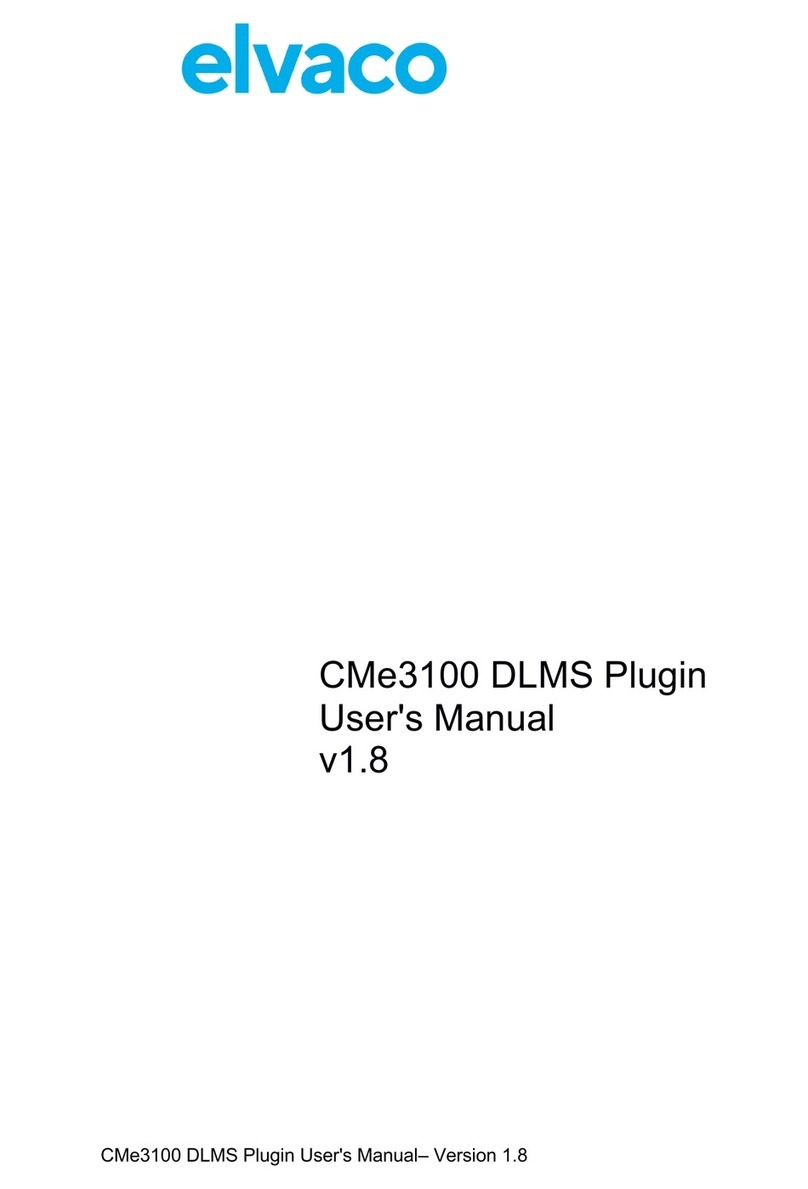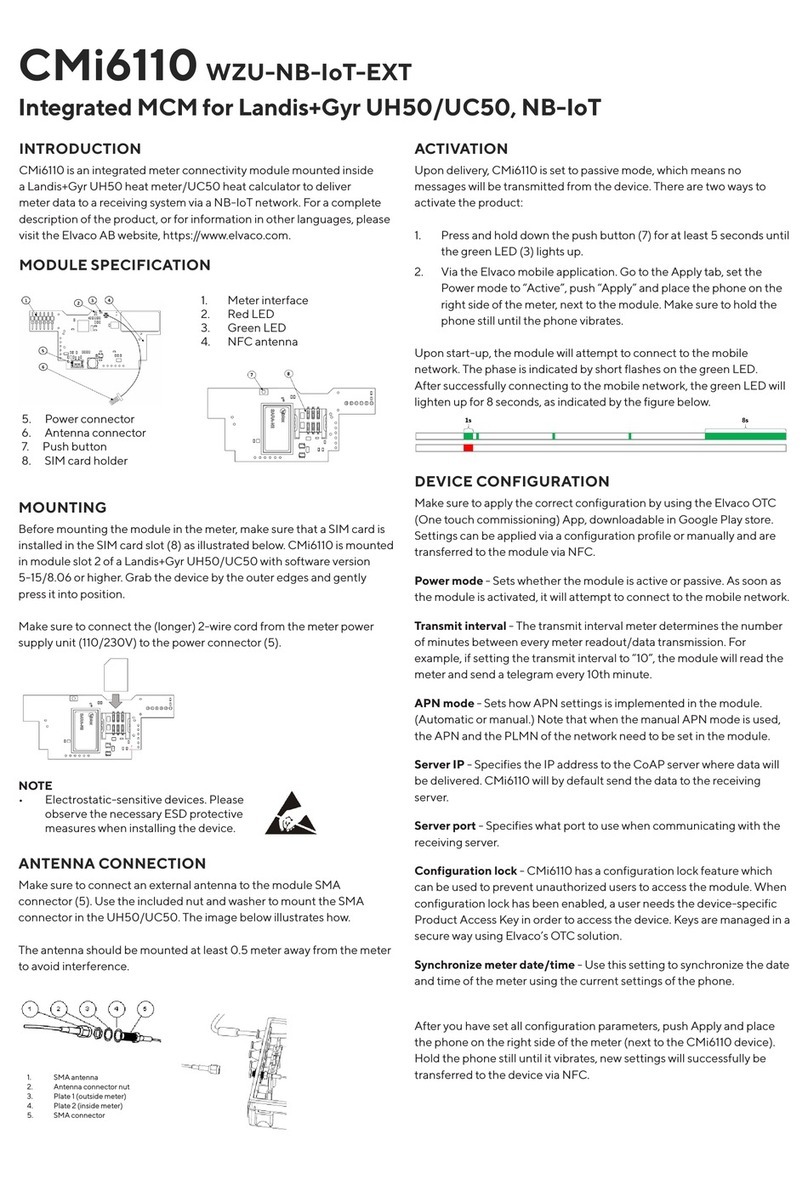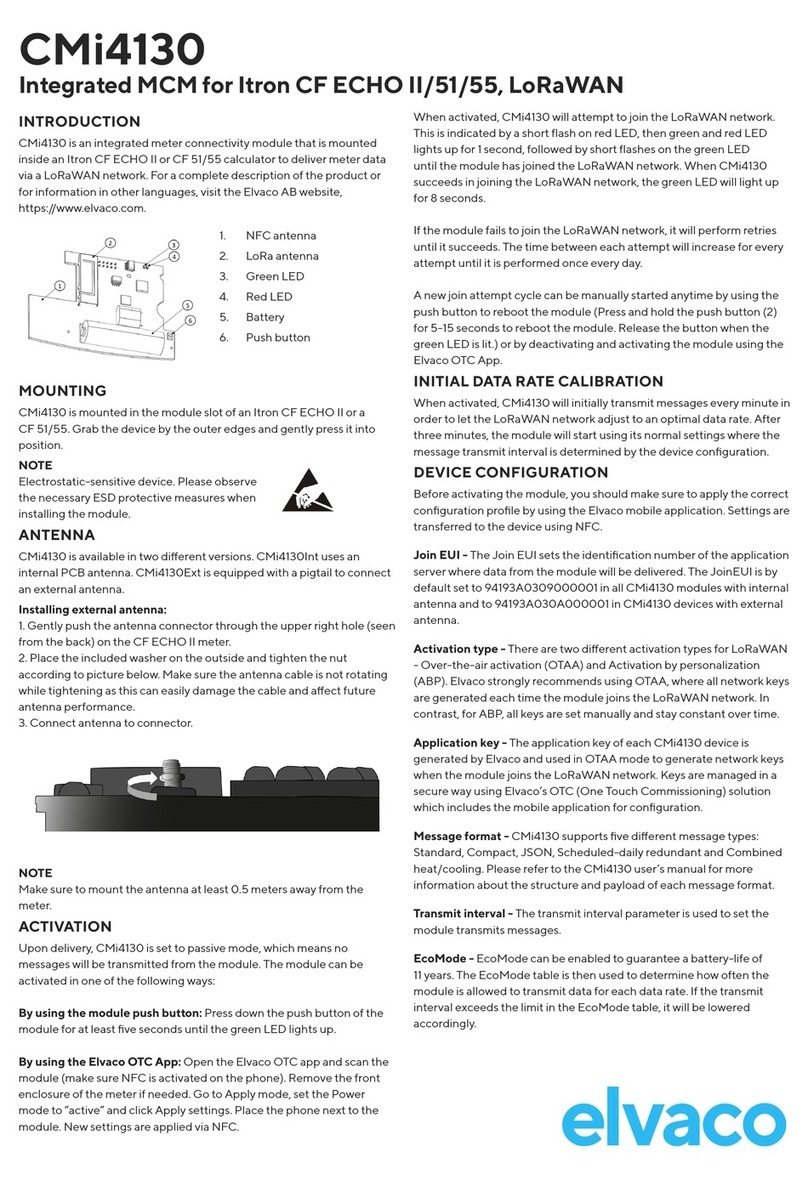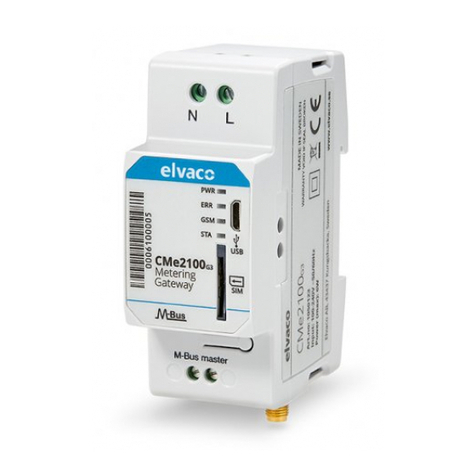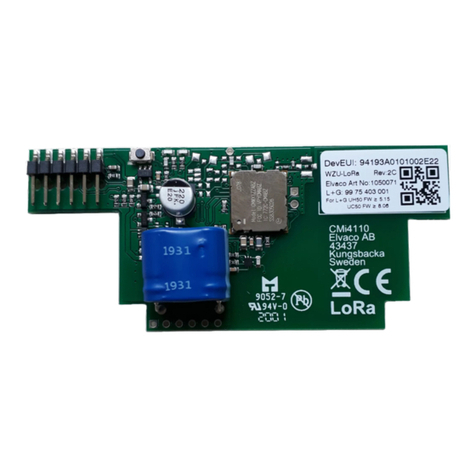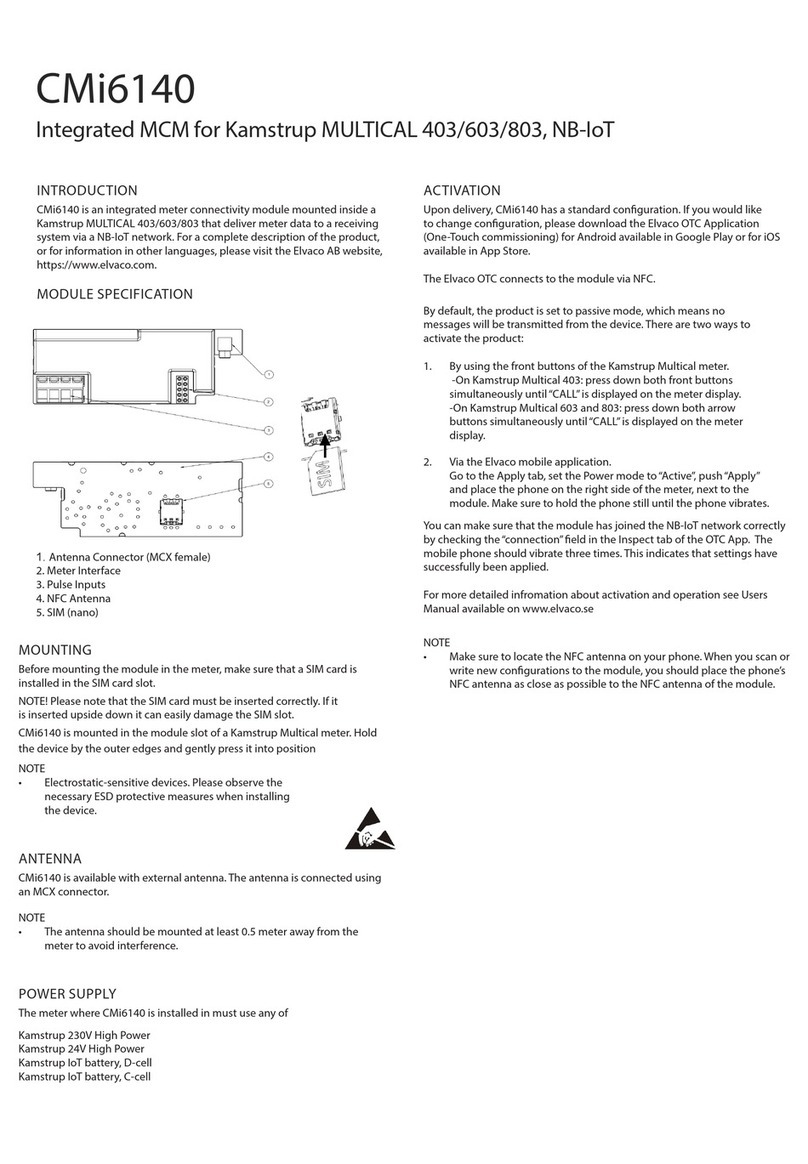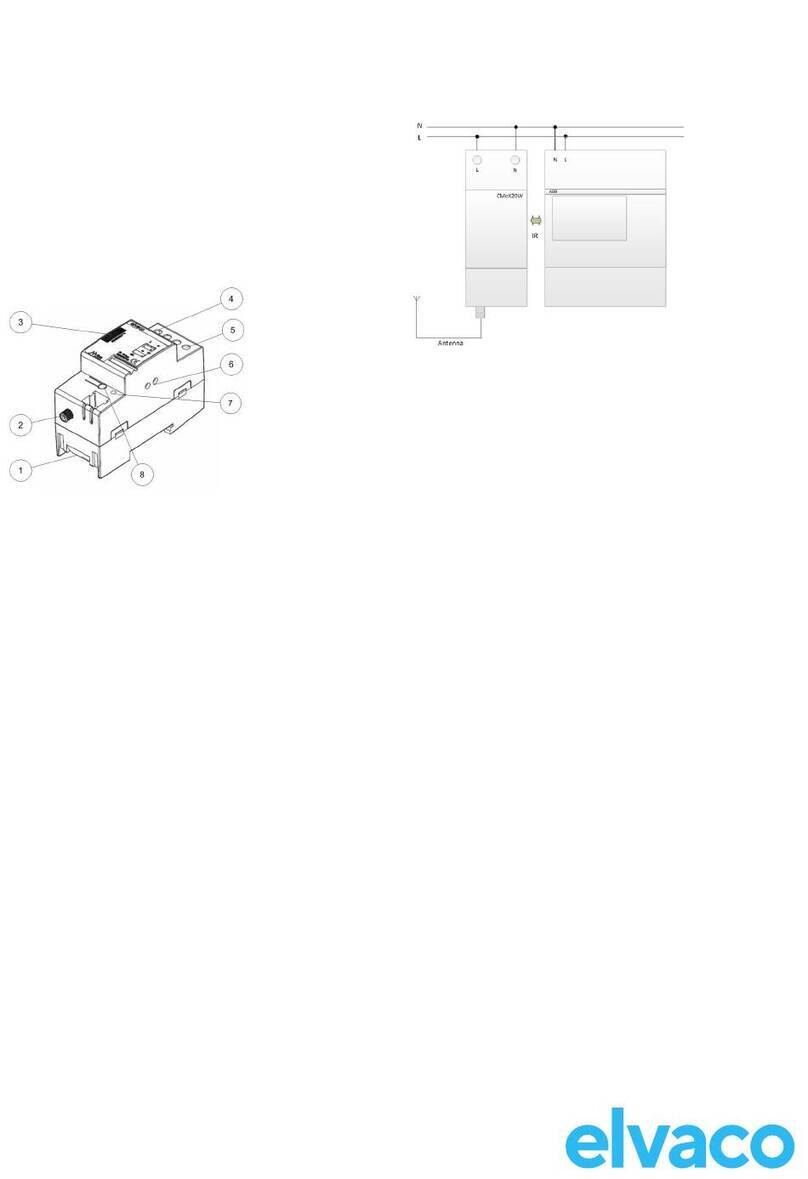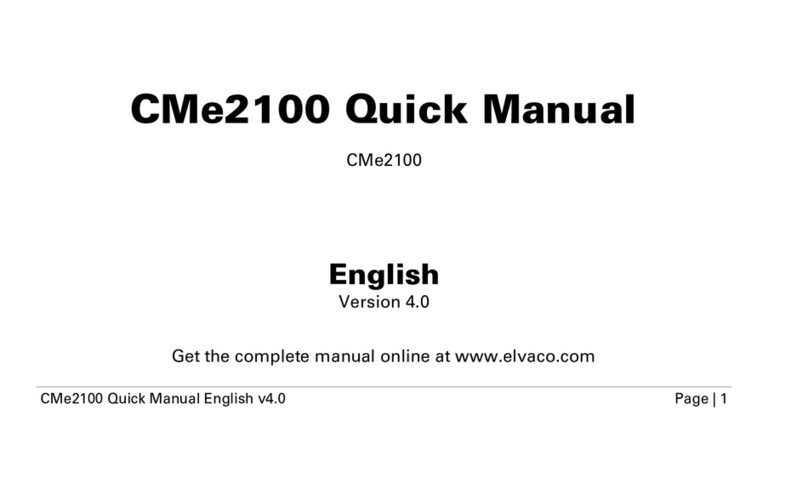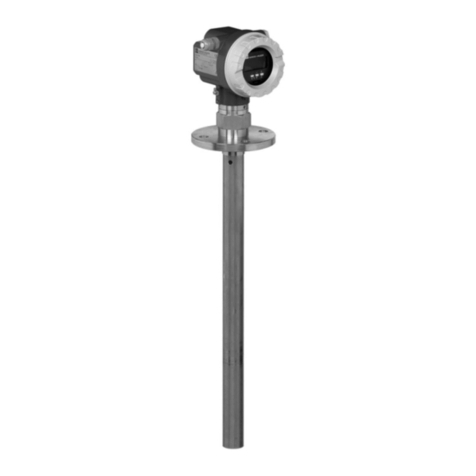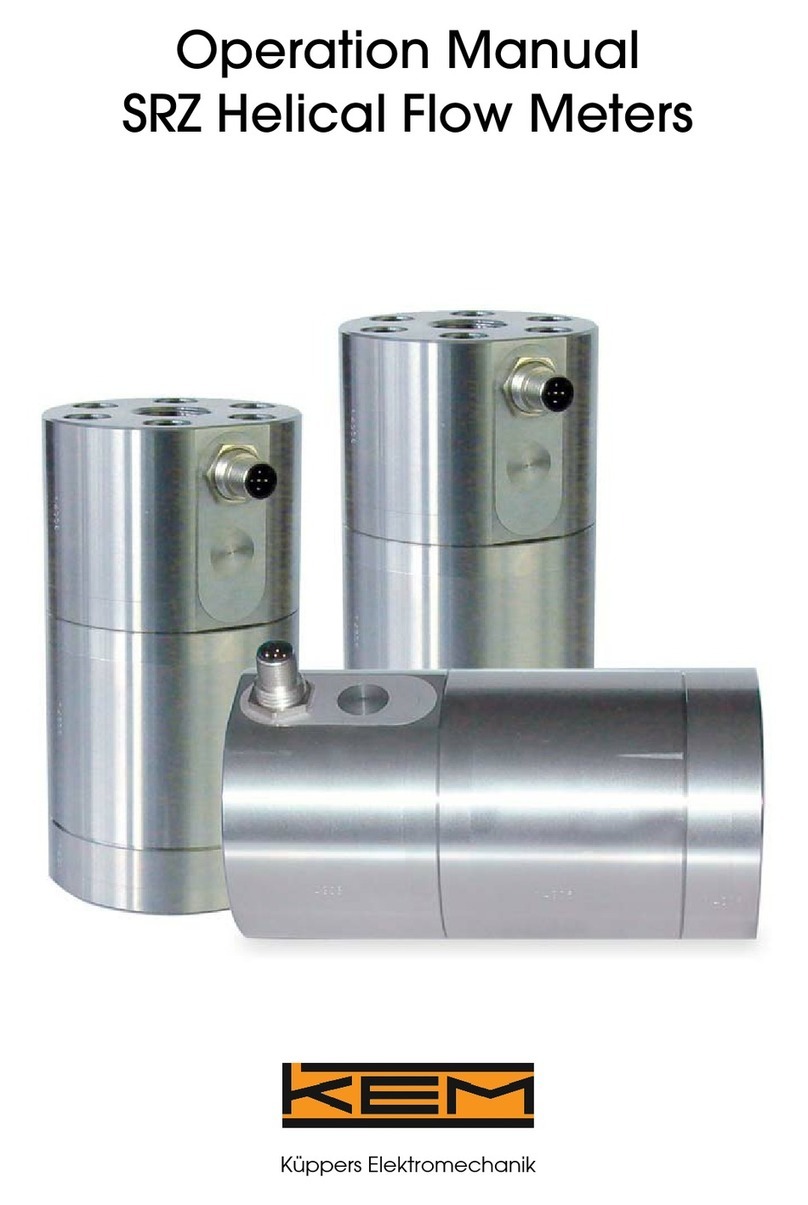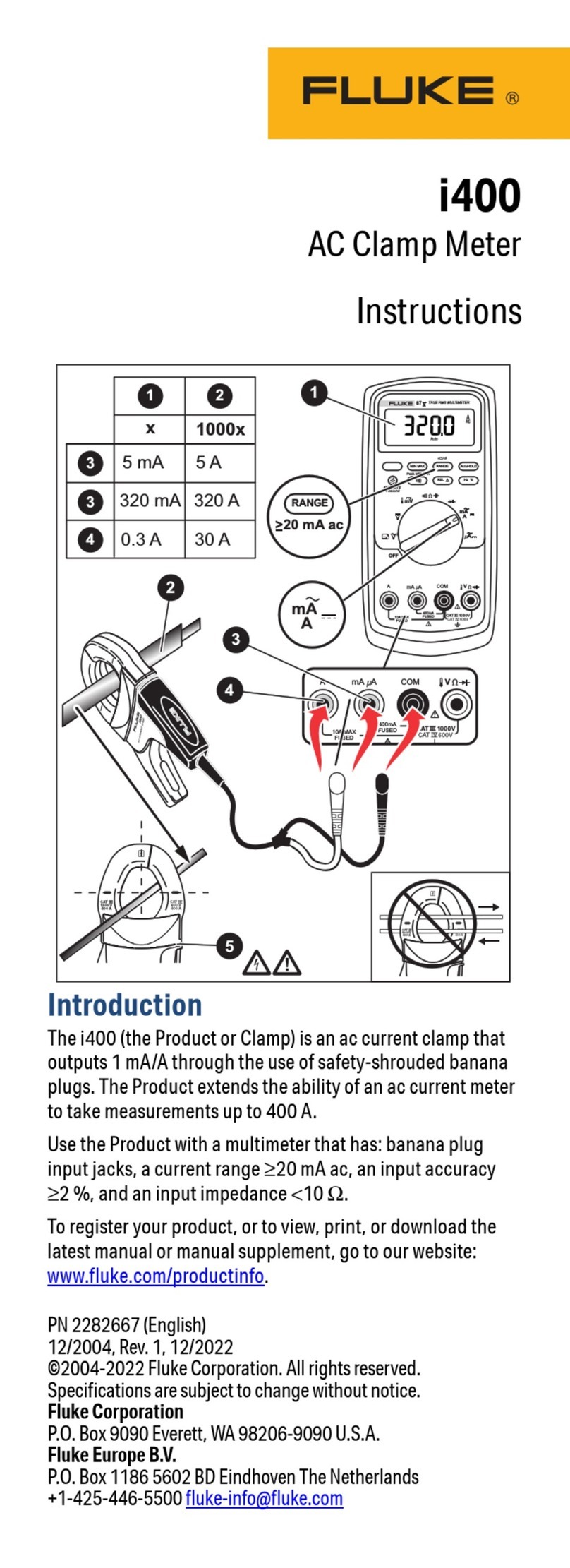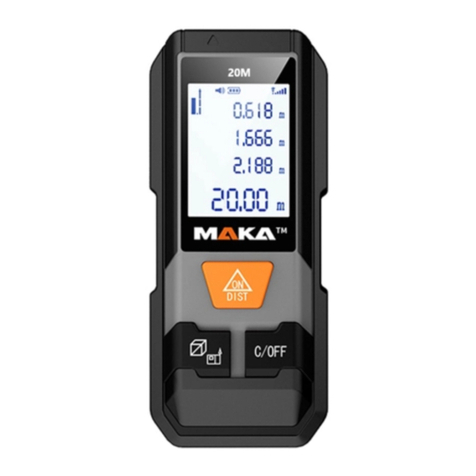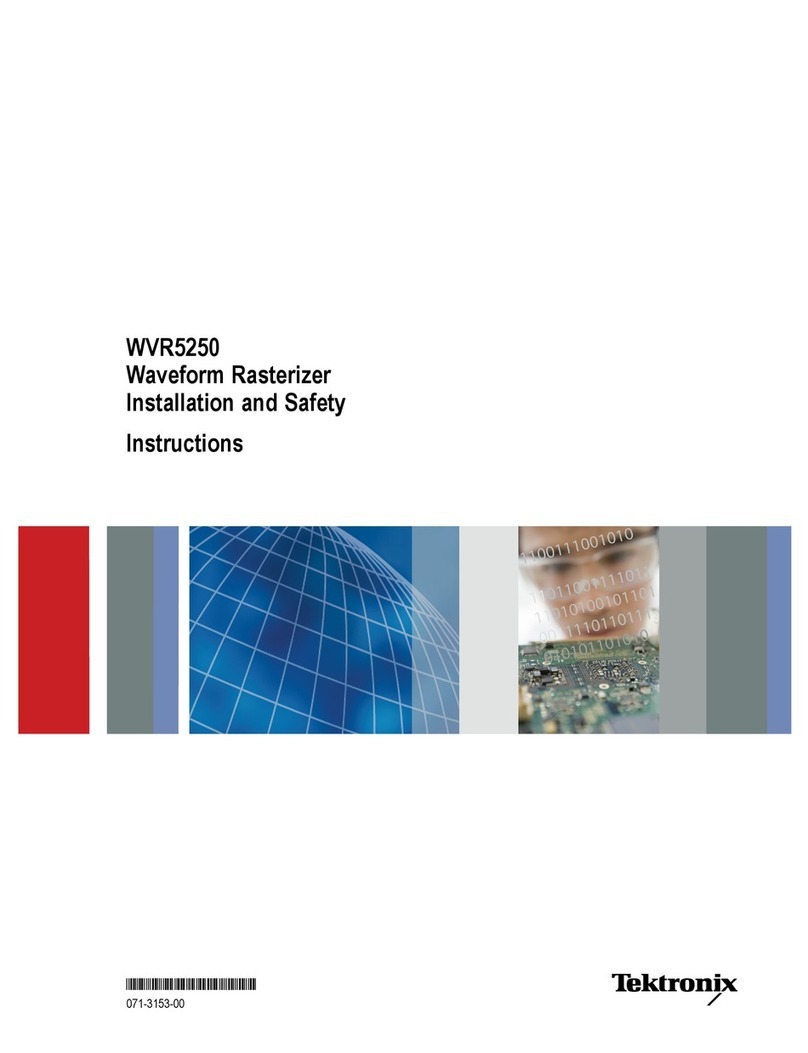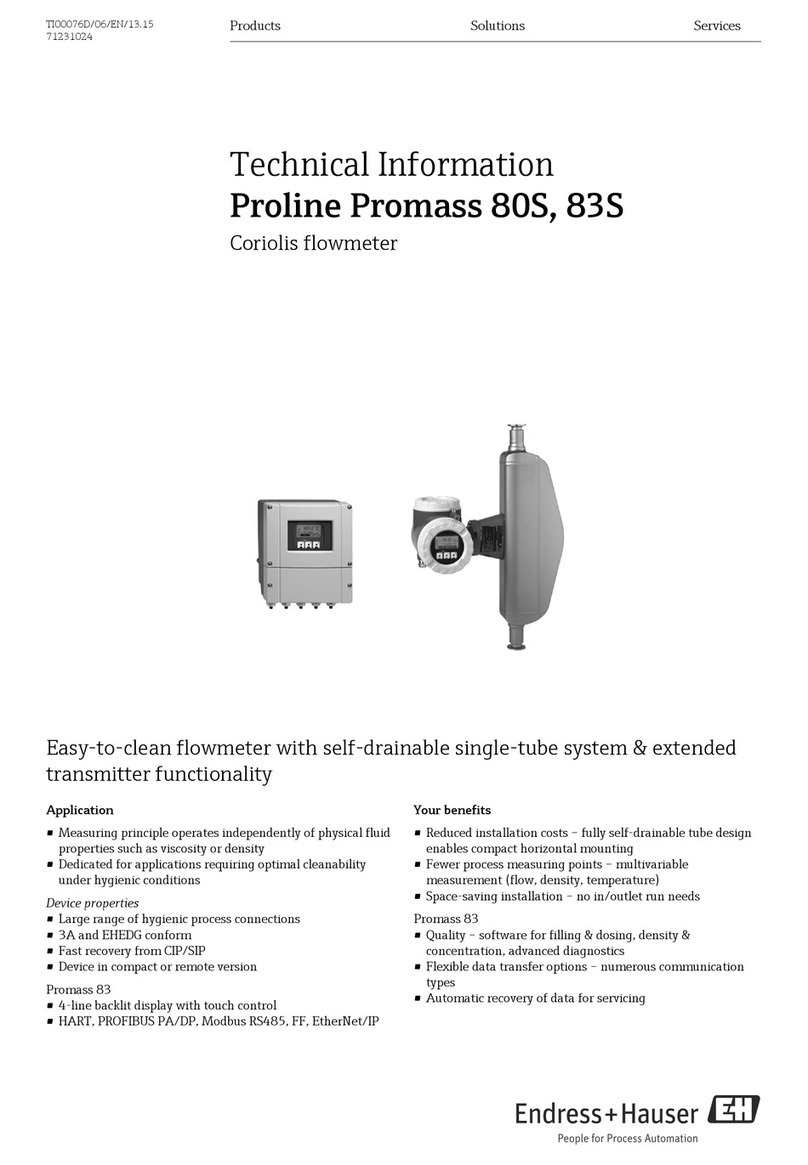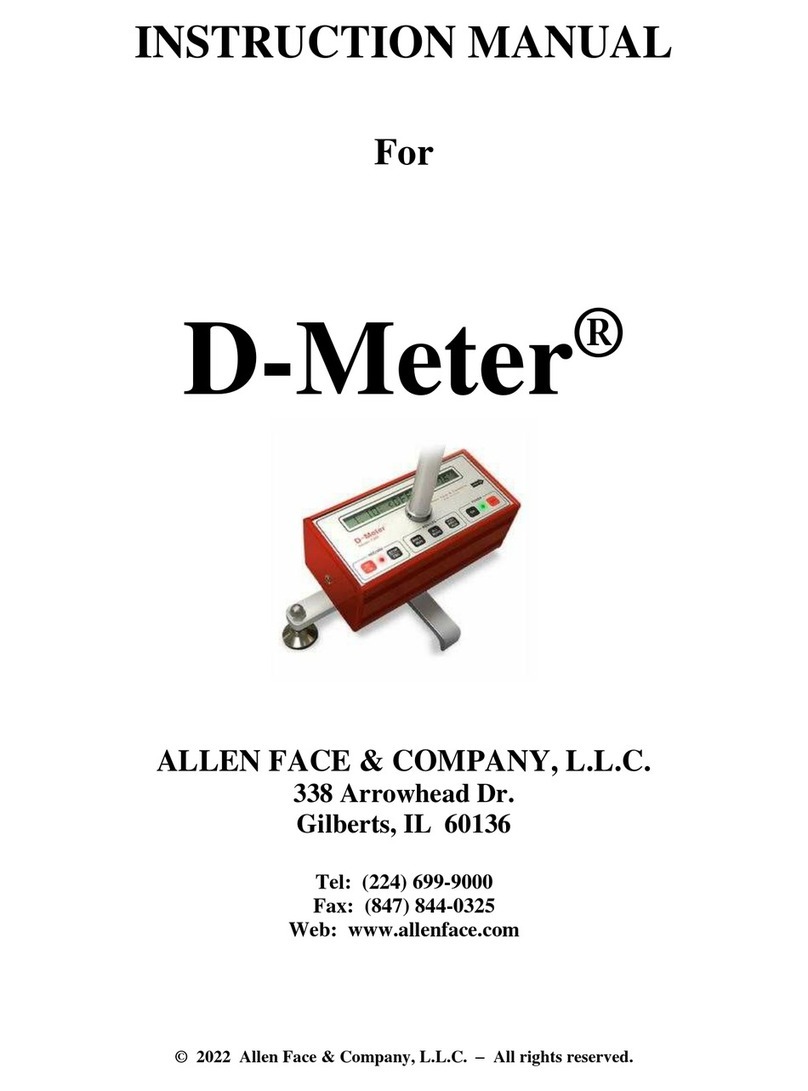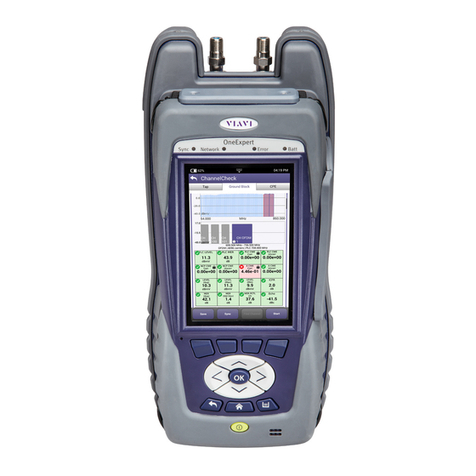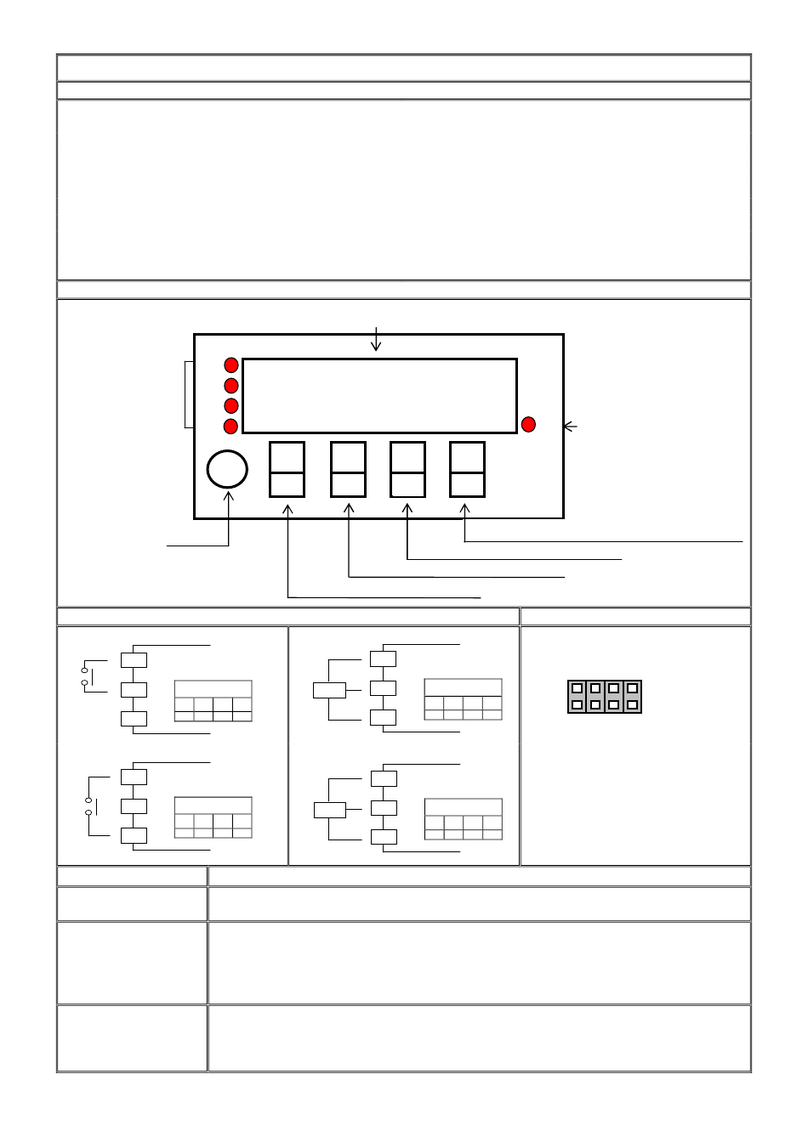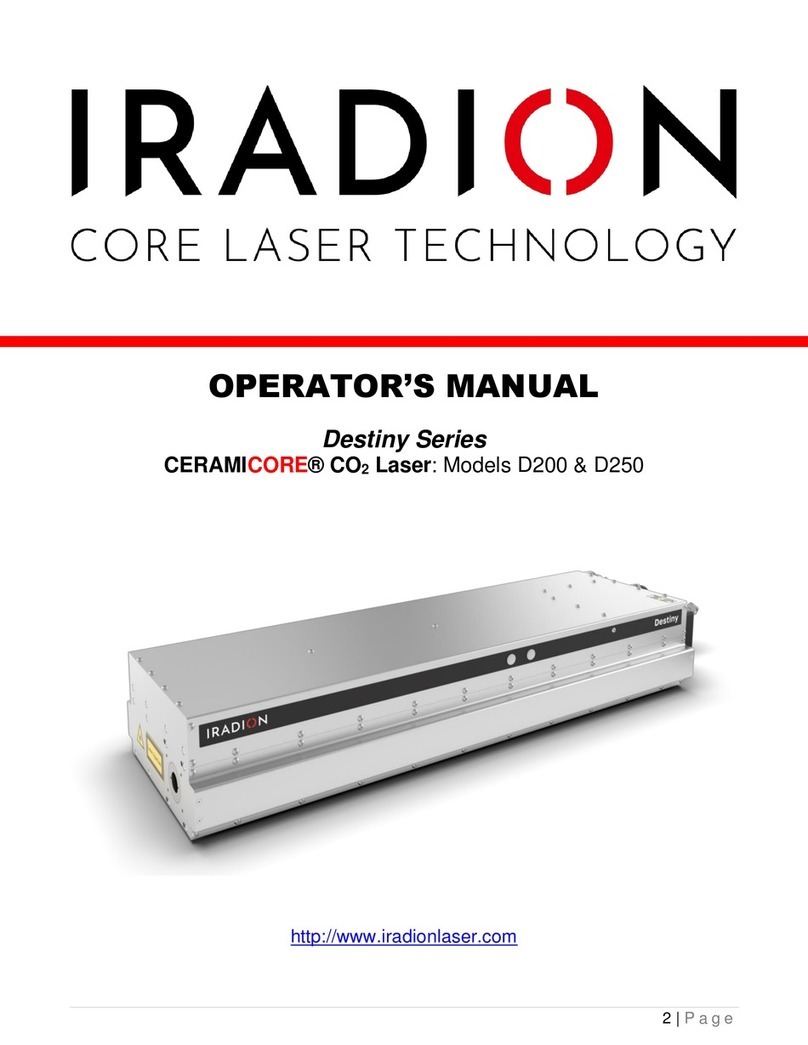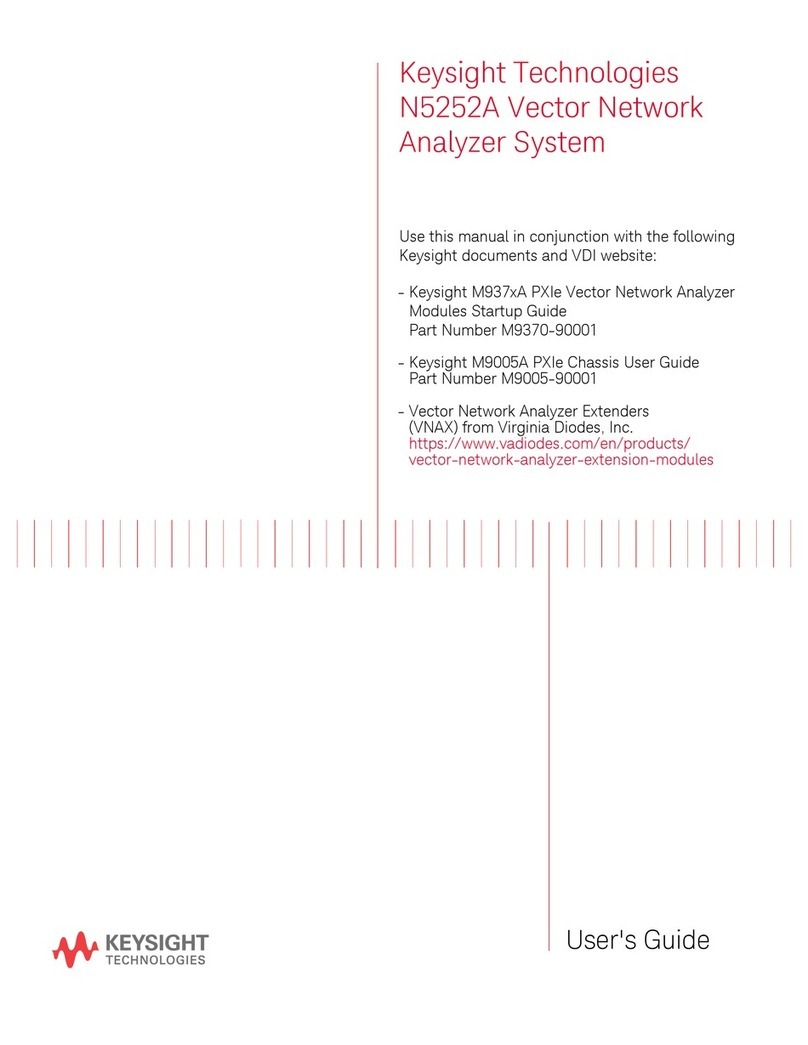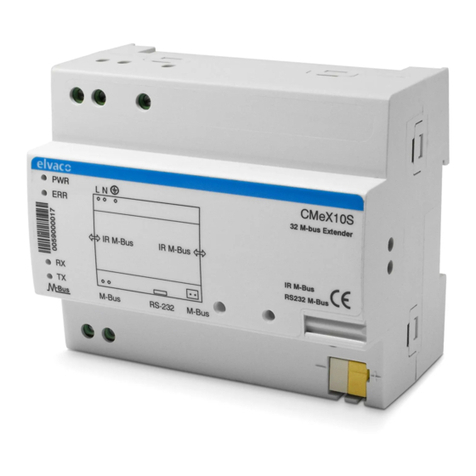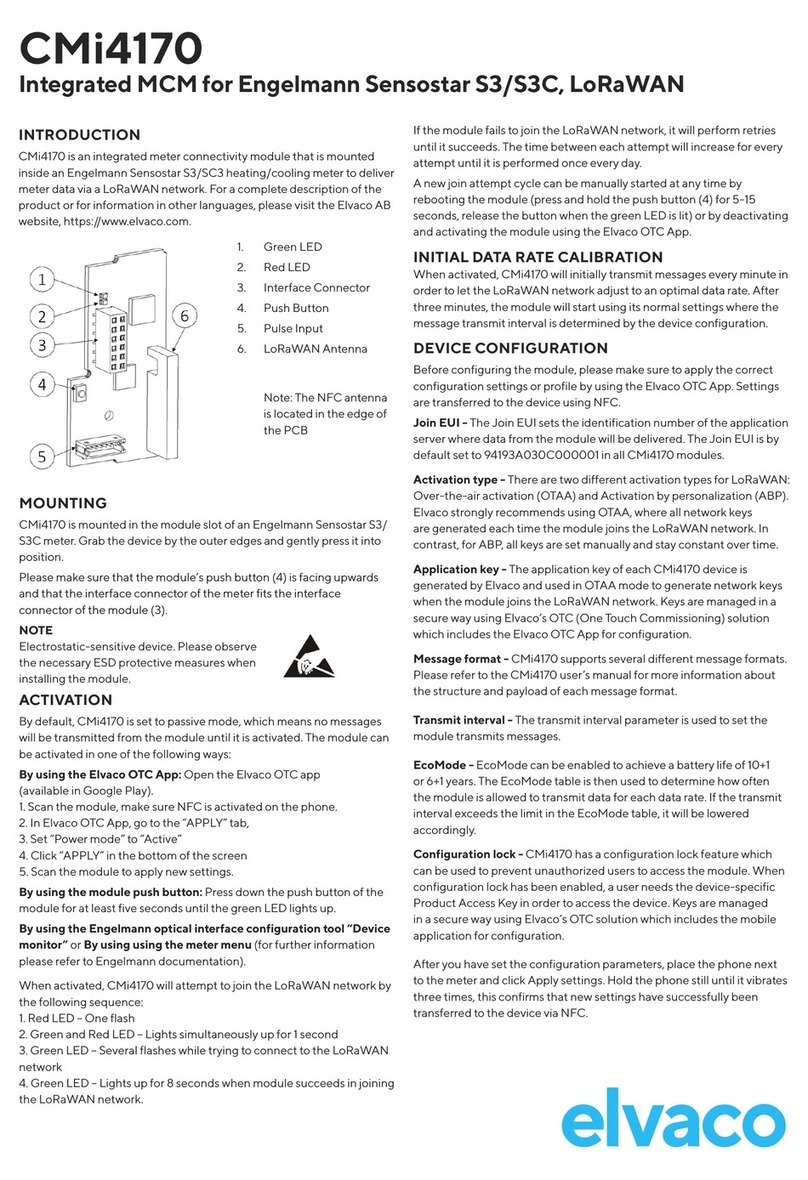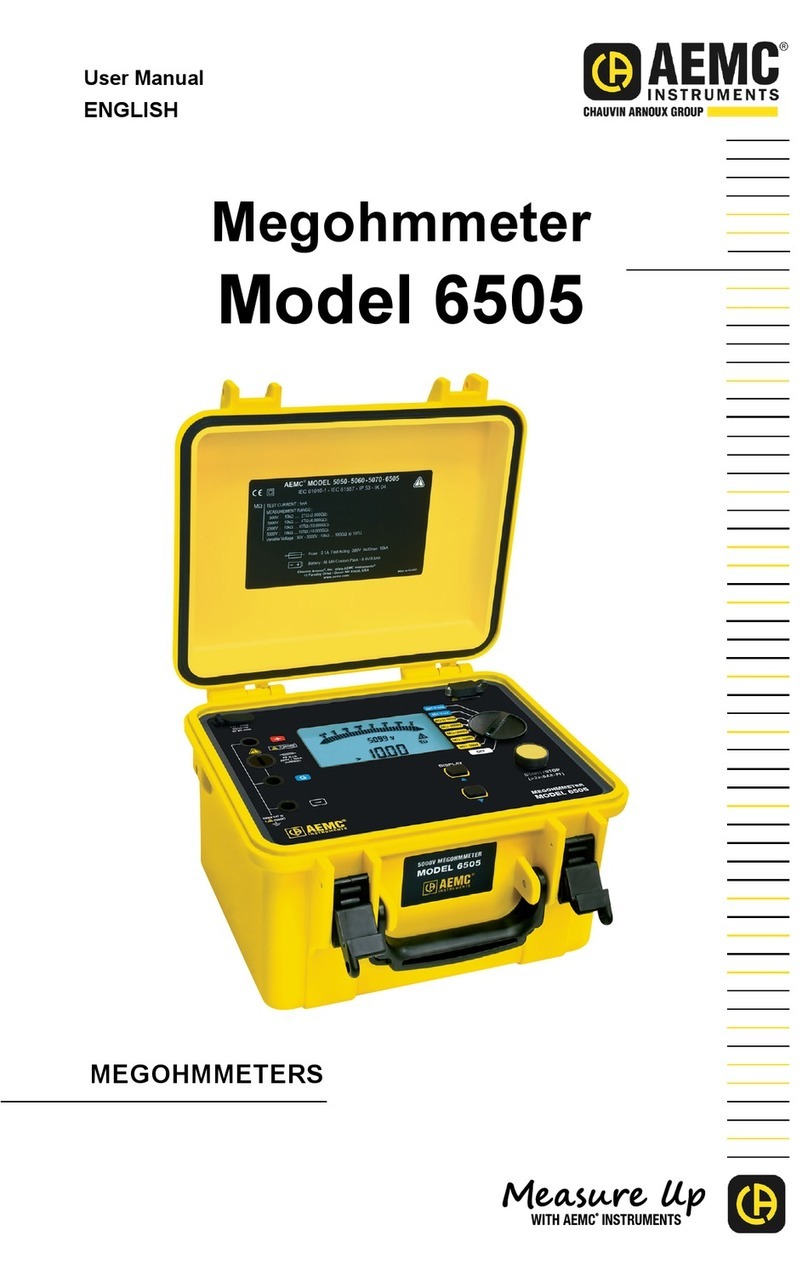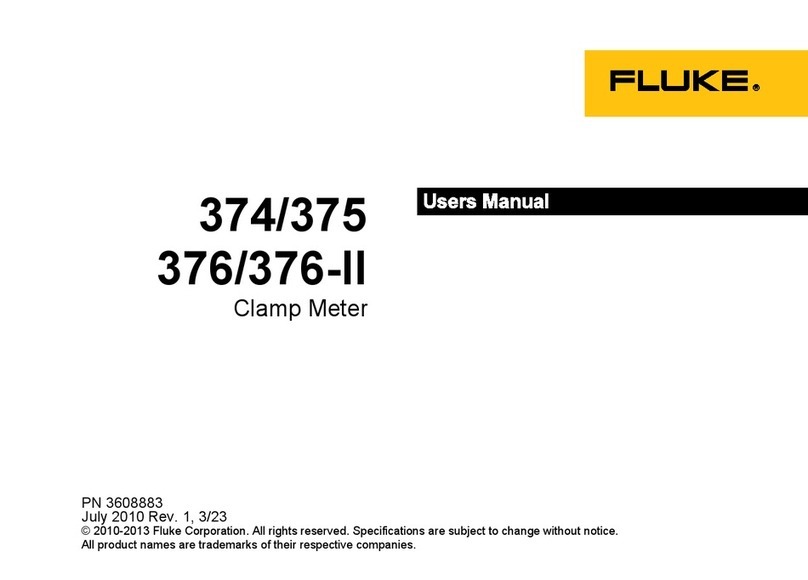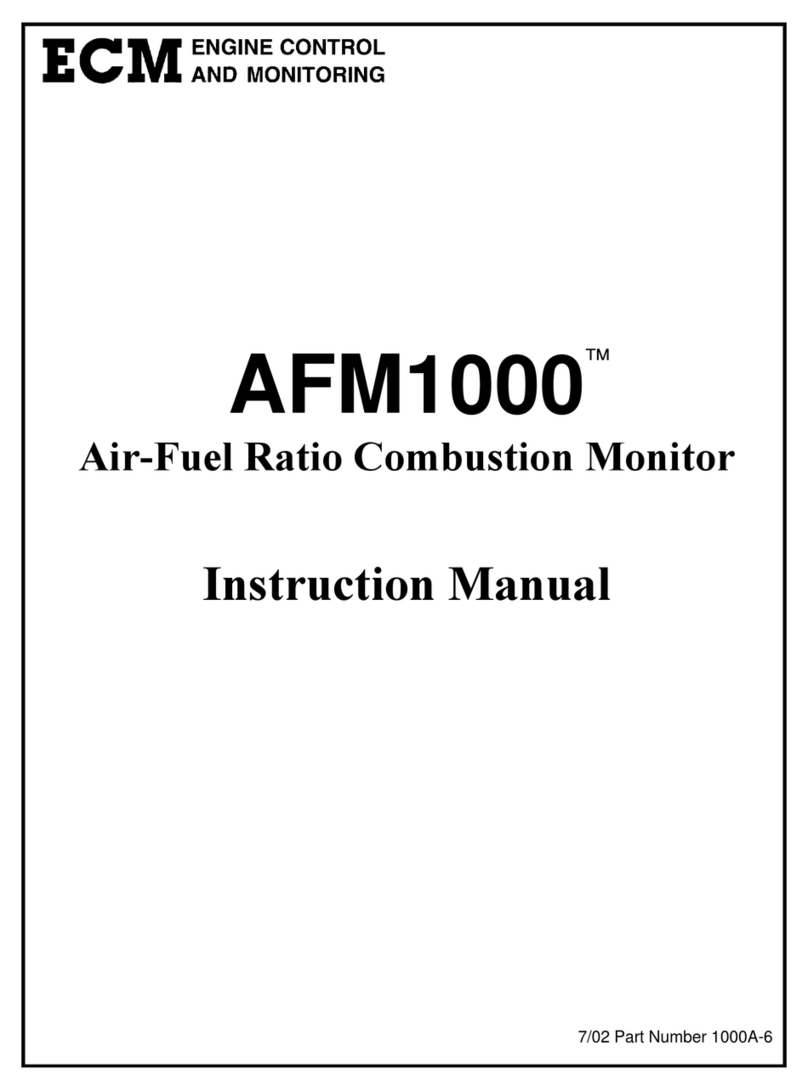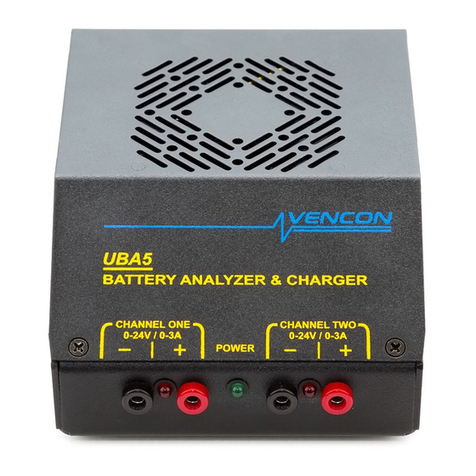Contents
1DOCUMENT NOTES .....................................................................................................3
1.1 COPYRIGHT AND TRADEMARK.........................................................................................3
1.2 CONTACTS..................................................................................................................... 3
2IMPORTANT USAGE AND SAFETY INFORMATION...................................................4
3USING THIS MANUAL ..................................................................................................5
3.1 PURPOSE AND AUDIENCE ............................................................................................... 5
3.2 ONLINE RESOURCES ......................................................................................................5
3.3 SYMBOLS.......................................................................................................................5
4INTRODUCTION............................................................................................................6
4.1 PURPOSE....................................................................................................................... 6
4.2 APPLICATION DESCRIPTION.............................................................................................6
4.3 PRODUCT FEATURES......................................................................................................6
4.4 METER COMPATIBILITY...................................................................................................6
5GETTING STARTED......................................................................................................7
5.1 PURPOSE....................................................................................................................... 7
5.2 PRODUCT SPECIFICATION...............................................................................................7
5.3 MOUNT AND START-UP THE DEVICE.................................................................................8
5.3.1 Mounting...................................................................................................................... 8
5.3.2 Network preparation.................................................................................................... 8
5.3.3 Activation and LED indications.................................................................................... 9
5.3.4 Reboot/Switch off module ......................................................................................... 10
6ADMINISTRATION REFERENCE................................................................................11
6.1 PURPOSE..................................................................................................................... 11
6.2 SECURITY AND ACCESS CONTROL................................................................................. 11
6.3 CONFIGURATION OPTIONS ............................................................................................11
6.3.1 Downlink.................................................................................................................... 13
6.4 ADAPTIVE DATA RATE (ADR)........................................................................................14
6.5 TRANSMIT INTERVAL.....................................................................................................14
6.5.1 EcoMode................................................................................................................... 14
6.6 MESSAGE FORMATS..................................................................................................... 15
6.6.1 Message structure..................................................................................................... 15
6.6.2 Structure and payload............................................................................................... 16
6.6.3 Meter communication error message........................................................................ 24
7TECHNICAL SPECIFICATIONS..................................................................................25
8TYPE APPROVALS.....................................................................................................26
9DOCUMENT HISTORY................................................................................................27
9.1 VERSIONS....................................................................................................................27
10 REFERENCES.............................................................................................................28
10.1 TERMS AND ABBREVIATIONS .........................................................................................28
10.2 NUMBER REPRESENTATION ..........................................................................................28
10.3 EUROPEAN STANDARDS............................................................................................... 28




















